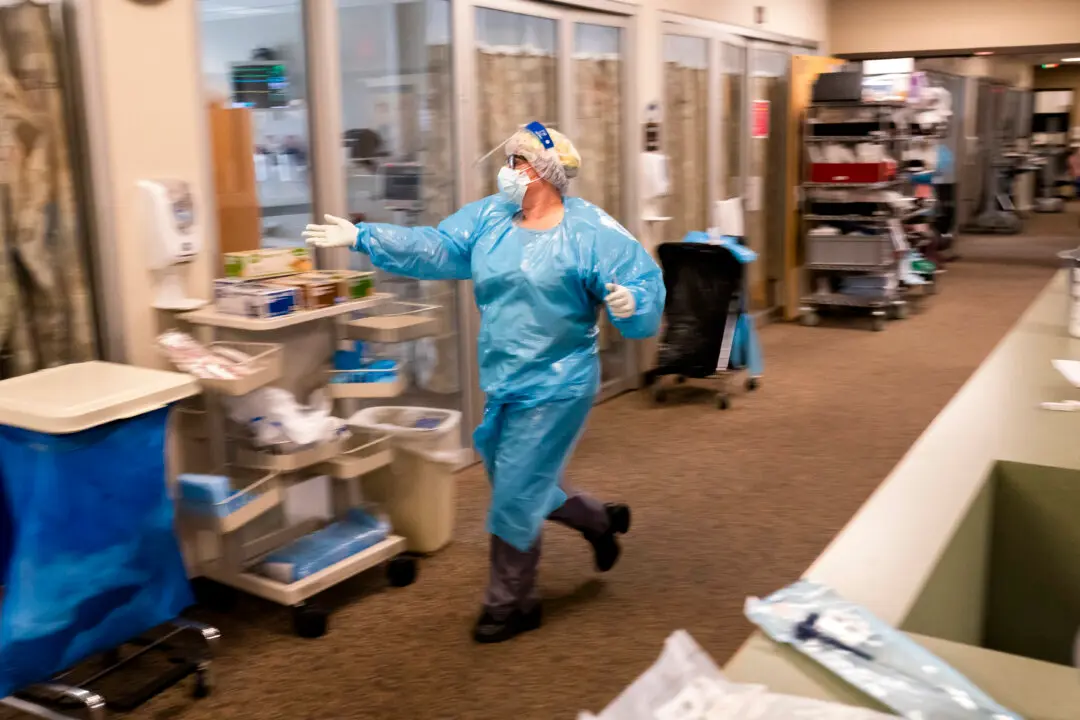Japanese officials are using the site of the crippled Fukushima Daiichi power plant, damaged during the destructive March 2011 earthquake, as a sightseeing attraction, according to a report.
Local government tour guides are sending buses of people into the area, claiming that the contamination levels are low enough, according to MailOnline.
Considered the worst nuclear disaster since Chernobyl in Ukraine 25 years ago, three of the power plant’s six reactors exploded in the 2011 quake and released intense radioactivity, forcing the outlying area to be evacuated.
But a tour organizer, Yusuke Kato, was quoted as saying that the contamination levels are “low” in the abandoned site.
Kato said that when people see the desolate area for the first time from a bus, “At first, they say unbelievable.”
A former Fukushima resident, Kenichi Bamba, said that he has come to Fukushima a few times to remember what it was like. “Actually I’ve come here several times but still… I cannot say anything. Just sad. Just sad,” he said.






